
Browse an alphabetical list of photographs. These historical images portray people, places, and events before, during, and after World War II and the Holocaust.
<< Previous | Displaying results 561-570 of 2641 for "Photo" | Next >>
Close-up portrait of Hebrew and Yiddish author Itzhak Katzenelson in the Vittel internment camp. Because he possessed a Honduran passport, Katzenelson and his son were sent to the Vittel internment camp in France. They remained there for a year, during which time Katzenelson continued to write. In April 1944, however, both were deported to their death in Auschwitz. Vittel, France, 1943-1944.
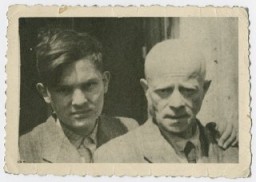
Close-up portrait of Miriam Wattenberg (Mary Berg). Because Mary's mother was American, she and her family were sent from the Warsaw ghetto to Vittel in to be held for possible prisoner exchange. Her diary became the first wartime published eyewitness account in English of life in the Warsaw ghetto and the deportation of its inhabitants to be murdered at Treblinka.
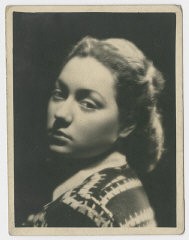
Collage created after the Nazi regime began to force gay and lesbian gathering spaces to close. It was published in the magazine, Der Notschrei. Berlin, March 1933.
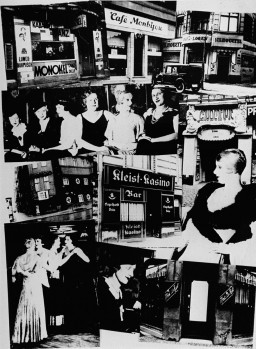
Coffins containing bodies of Jews killed in the Kielce pogrom. Poland, July 6, 1946. The mass violence of the Kielce pogrom drew on an entrenched local history of antisemitism–especially false allegations accusing Jews of using the blood of Christian children for ritual purposes (a charge known as a “blood libel”)–with the intent of discouraging the return of Jewish Holocaust survivors to Poland.
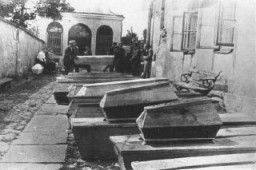
In the International Military Tribunal courtroom, executive trial counsel Colonel Robert G. Storey presents evidence of Nazi intentions to launch an aggressive war.
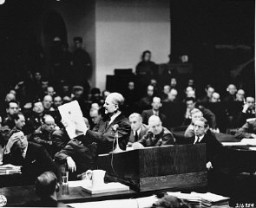
A column of refugees in the Soviet Union, following the German invasion of Soviet territory on June 22, 1941. Soviet Union, between 1941 and 1944.
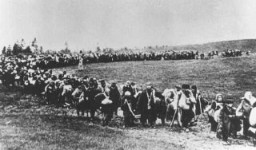
Column of Soviet prisoners of war from the eastern front. Kharkov, Soviet Union, June 18, 1942.

Commandant Arthur Roedl (center) and SS officers visit the Gross-Rosen concentration camp's quarry. Gross-Rosen, Germany, 1941.
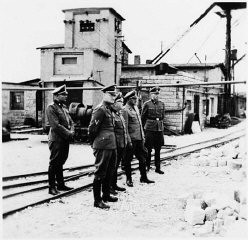
Commemorative postcard with a drawing of barrack 11 of Bergen-Belsen and marking the time the people on the Kasztner train spent in the camp. The Jews from the Kasztner transport lived in two barracks, 10 and 11, inside Bergen-Belsen. (This was probably drawn by the Hungarian artist Robert (Imre) Irsay who himself was on the Kasztner transport.)
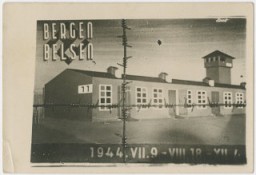
Ernst Thaelmann, leader of the German Communist Party, was detained during a mass arrest of Communists following the fire that virtually destroyed the Reichstag (German parliament) building. Germany, date uncertain.
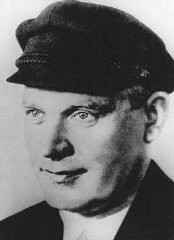
We would like to thank Crown Family Philanthropies, Abe and Ida Cooper Foundation, the Claims Conference, EVZ, and BMF for supporting the ongoing work to create content and resources for the Holocaust Encyclopedia. View the list of donor acknowledgement.